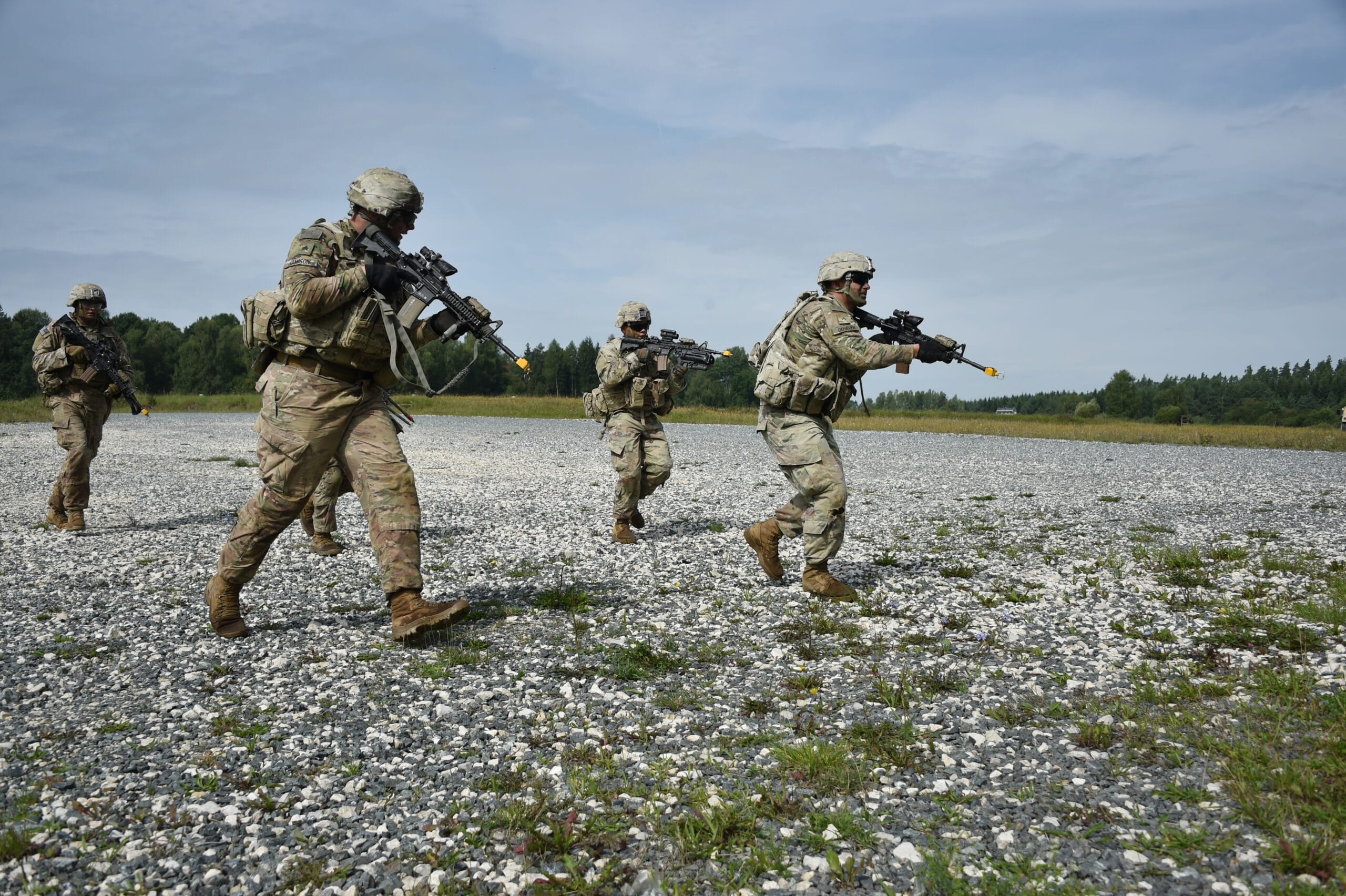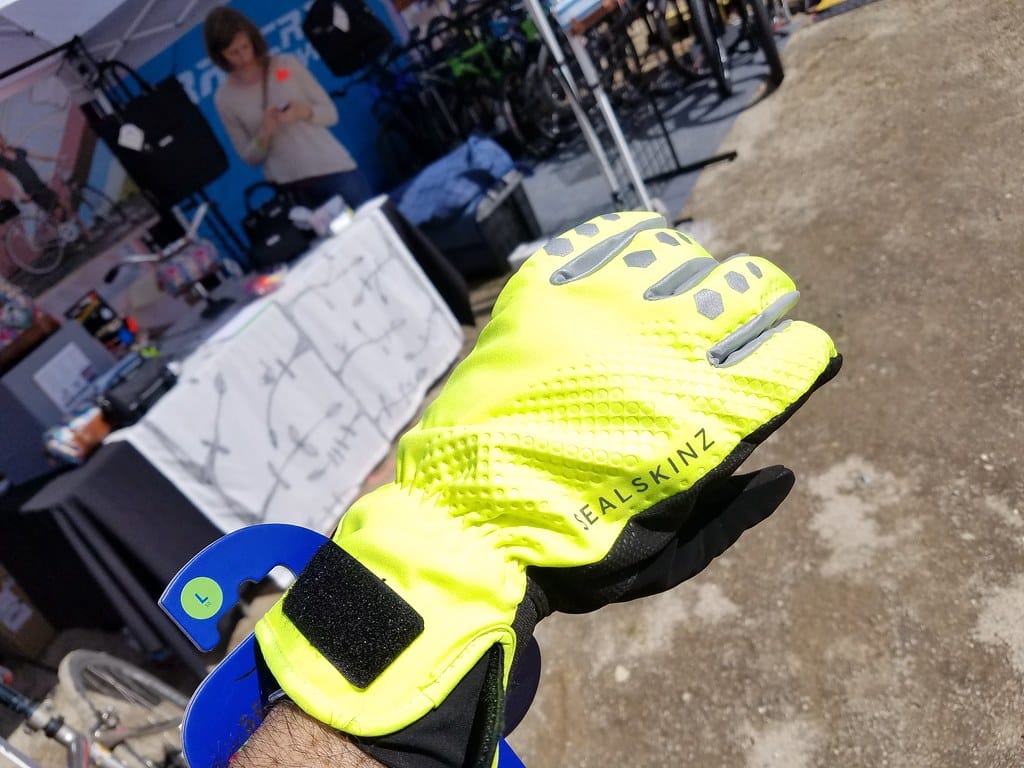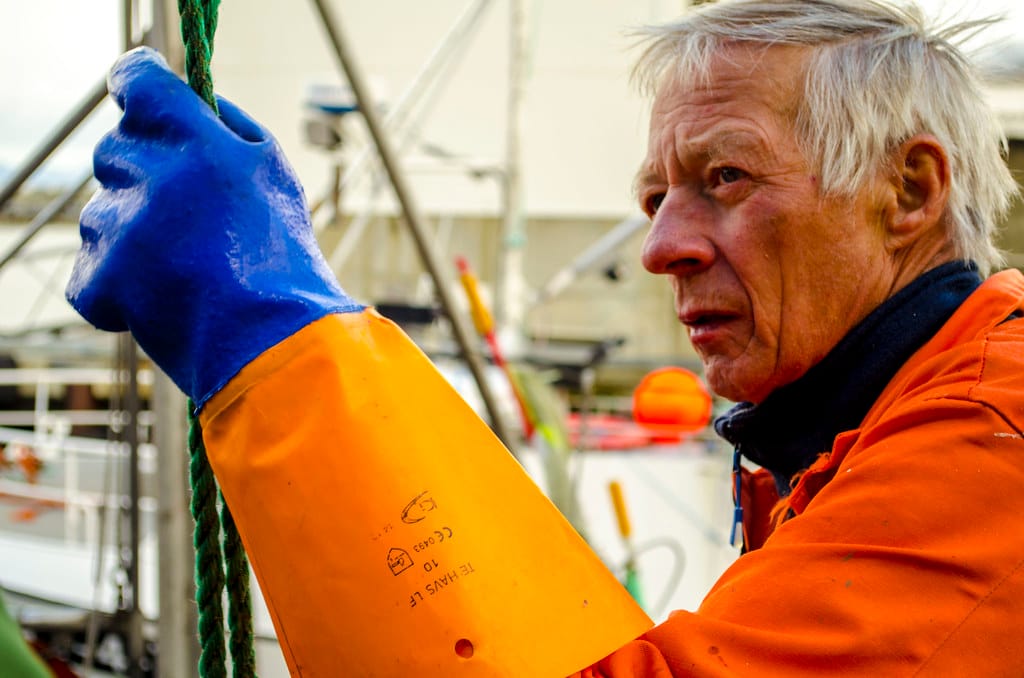
In military environments, clothing is more than a uniform—it’s a soldier’s first layer of protection, camouflage, and mobility.
Whether in a desert deployment, jungle recon mission, or urban conflict zone, military clothing must deliver high performance under extreme stress. It’s designed not just to shield the body, but to enhance survival, efficiency, and combat effectiveness.
Let’s take a deeper look at what makes military clothing so specialized—and why each piece is built with a mission in mind.
Purpose and Importance of Military Clothing
Military clothing is engineered to serve multiple objectives at once:
- Durability: Survives rugged terrain, sharp objects, and repeated use
- Camouflage: Blends into various environments for tactical advantage
- Environmental Protection: Shields from heat, cold, wind, and moisture
- Functionality: Enables full mobility, gear access, and load distribution
- Safety: Offers flame resistance, anti-microbial properties, or ballistic protection
In short: military uniforms aren’t just for appearance—they’re life-support systems in fabric form.
Standard Components of a Military Uniform
A complete military uniform setup includes multiple integrated elements designed for both protection and performance.
Common components:
| Gear Item | Function |
|---|---|
| Combat Shirt | Breathable, often flame-resistant layer worn under body armor |
| Tactical Pants | Reinforced knees, cargo pockets, abrasion-resistant fabric |
| Outerwear | Weatherproof layers like field jackets, parkas, or ponchos |
| Boots | Rugged, waterproof, with ankle support and slip resistance |
| Helmets | Impact and ballistic protection with mount points |
| Gloves | Protect against burns, cuts, cold, and abrasion |
| Load-Bearing Gear | Vests, belts, pouches for ammo, tools, and hydration systems |
✅ All components must integrate seamlessly so the wearer stays agile, equipped, and protected in rapidly changing conditions.
Camouflage and Concealment Technologies
Camouflage is more than a color pattern—it’s a survival tool. Military clothing uses specific visual technologies to reduce visibility in diverse environments.
Terrain-specific patterns:
- Desert (e.g., MARPAT, MultiCam Arid): Blends with sand and sparse vegetation
- Jungle (e.g., Woodland, Tiger Stripe): Designed for dense green foliage and shadows
- Urban (e.g., UCP, ATACS): Breaks up body outline in concrete or building-heavy areas
- Arctic/Snow (e.g., white digital or reversible overlays): Reflects light and hides movement in snow
Advanced concealment includes:
- Near-infrared suppression (NIR): Reduces visibility in night vision optics
- Disruptive digital patterns: Pixelated to confuse distance perception
- IR-compliant materials: Help prevent thermal signature detection
The goal? Disappear into the background—visually, thermally, and electronically.
Protective Features in Modern Military Apparel
Soldiers face more than bullets—they encounter fire, chemicals, electrical threats, and environmental extremes.
Modern military clothing integrates:
- Flame Resistance (FR): Protects against IED blasts, flash fires, and fuel accidents
- Ballistic Protection: Inserts or outerwear paired with plate carriers
- Chemical/Biological Defense: Materials treated with repellents or sealed designs
- Moisture-Wicking + Anti-Odor: Prevents overheating and infection in long deployments
- UV Protection: Blocks harmful sun exposure in open terrains
✅ Some garments are even treated to resist insects, mildew, and oil-based contaminants, essential in tropical or undeveloped regions.
Advanced Fabrics and Smart Textiles in Military Gear
Today’s military clothing isn’t just strong—it’s smart.
High-tech developments include:
- Temperature-regulating fabrics: Adapt to heat or cold automatically
- Moisture-responsive ventilation panels: Open or close depending on sweat levels
- Stretch + articulated joints: Enhance flexibility without tearing
- Built-in sensors: Track biometrics like heart rate or hydration
- Conductive fibers: Enable wearable tech integration (GPS, comms)
Some uniforms are now being developed with self-healing fabrics or armor-reactive threads—science fiction is getting real.
Uniform Standards and Regulations by Branch
Every branch of the military has its own regulations governing uniform appearance and performance.
Examples:
| Branch | Uniform Types | Key Features |
|---|---|---|
| Army | ACU, OCP, IHWCU | Flame resistance, modular layers, tactical fit |
| Navy | NWU, flight suits, deck uniforms | Anti-static, FR, water resistance |
| Air Force | OCP, flight gear, CWU-27/P | FR coveralls, pressurized-suit integration |
| Marines | MCCUU, MARPAT, cold-weather gear | Camo-specific, lightweight and breathable |
✅ Contractors supplying military gear must comply with MIL-SPEC, Berry Amendment rules (USA), and branch-specific design specs.
Maintenance and Longevity of Military Clothing
Even the best military clothing fails if it’s not maintained correctly.
Best practices:
- Follow laundering instructions strictly—avoid high heat, harsh chemicals
- Inspect gear before every mission—check seams, zippers, and wear zones
- Replace items with compromised integrity—especially in FR or weatherproof gear
- Use military-grade repair kits—not household stitching, which can break standards
- Store in dry, clean areas—moisture = mold, and UV = fabric degradation
A good set of gear should last 6–12 months in active combat or 2+ years in training/deployment rotation, depending on intensity.
✅ Some militaries use QR-coded uniform tracking to monitor issue dates, repairs, and replacements.
Conclusion
Military clothing is far more than a uniform—it’s a precision-built system for protection, concealment, mobility, and survival.
Whether you’re sourcing for military contracts, defense training programs, or tactical industrial use, understanding how each element functions will help you make smarter choices.
When selecting military clothing:
- Consider the operational environment (terrain, climate, threat level)
- Ensure garments meet relevant standards (MIL-SPEC, NFPA, FR, NIR compliance)
- Choose materials that offer performance + longevity
- Support your teams with proper care and replacement protocols
Need help sourcing field-tested military apparel or customizing gear to meet tactical or compliance needs? Let’s connect.
📩 Contact: [email protected]
🌐 Visit: www.workwearsolutions.net
Zion Zhang
Recent Posts
 The Nigerian Agent Who Lost $50,000 on Fake Certificates — Then Came Back Stronger2025年10月20日Introduction In the global trade of PPE and industrial […]
The Nigerian Agent Who Lost $50,000 on Fake Certificates — Then Came Back Stronger2025年10月20日Introduction In the global trade of PPE and industrial […] How a Brazilian Trader Used $5,000 to Break into the PPE Market2025年10月20日Introduction In a world where industrial safety and […]
How a Brazilian Trader Used $5,000 to Break into the PPE Market2025年10月20日Introduction In a world where industrial safety and […] From First Order to Market Leader: A Ghana Distributor’s 3-Year Journey2025年10月20日In the fast-growing African PPE and workwear market, small […]
From First Order to Market Leader: A Ghana Distributor’s 3-Year Journey2025年10月20日In the fast-growing African PPE and workwear market, small […] Scaling Your Workwear Brand: From Local Agent to Regional Distributor2025年10月15日In the workwear and PPE industry, many businesses start […]
Scaling Your Workwear Brand: From Local Agent to Regional Distributor2025年10月15日In the workwear and PPE industry, many businesses start […] After-Sales Service & Customer Retention in the Workwear Business2025年10月15日In the global workwear and PPE industry, many suppliers […]
After-Sales Service & Customer Retention in the Workwear Business2025年10月15日In the global workwear and PPE industry, many suppliers […] Government & Corporate Contracts: Winning Large PPE & Workwear Deals2025年10月14日Government & Corporate Contracts: Winning Large PPE […]
Government & Corporate Contracts: Winning Large PPE & Workwear Deals2025年10月14日Government & Corporate Contracts: Winning Large PPE […]
CONTACT US
- Feel free to contact us any time. We will get back to you as soon as we can!
- +86-17330061805
